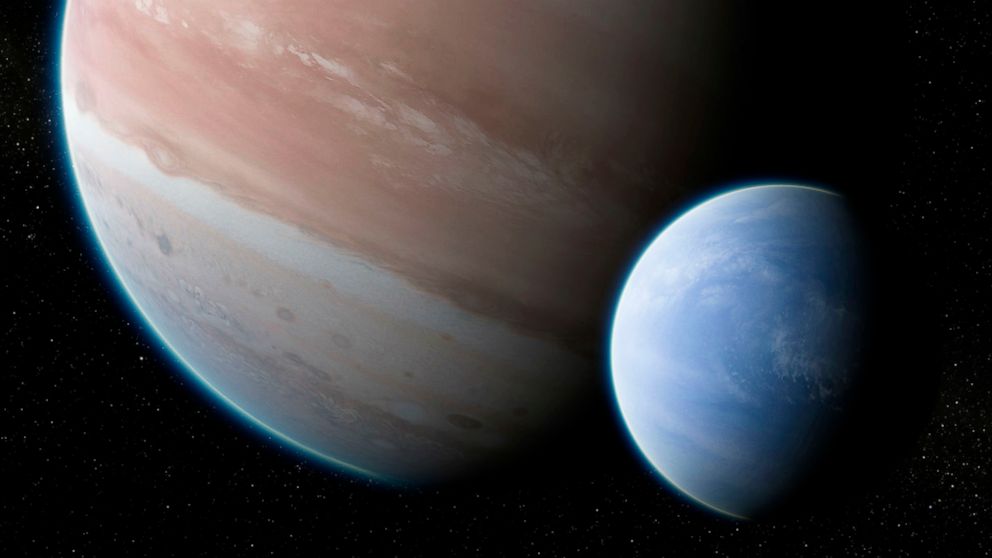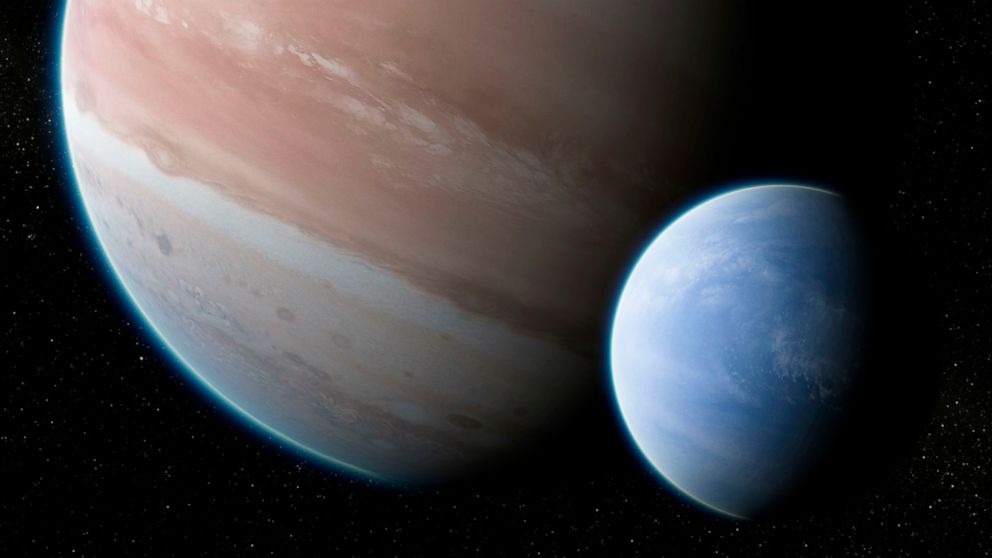What evidence of a first moon orbiting a planet outside of our solar system really means
This discovery was made by two of NASA’s most celebrated telescopes.

Did the Hubble Space Telescope come up with evidence of the first moon orbiting a planet outside of our solar system? If so, it's a stunning discovery which changes our knowledge of the universe around us.
This discovery was made by two of NASA’s most celebrated telescopes, Hubble and Kepler, which were used by two astronomers, Alex Teachey and David Kipping, from Columbia University. The two spent hundreds of hours analyzing data from 284 planets discovered by Kepler, which had orbits longer than 30 days around their host star.

One of those, Kepler 1625b, was intriguing enough to warrant getting time on the Hubble Space Telescope to investigate it in detail because its characteristics suggested a moon.
The data they uncovered indicates an exomoon the size of Neptune, in a stellar system 8,000 light years from Earth. While this is an exciting discovery, it's still not confirmed -- it will take more time on the Hubble Space Telescope to confirm this remarkable find.
Astrophysicist Hakeem Oluseyi says this really could change the way we look at our solar system.
Now, the big question: Is there anyone else out there?
“The discovery of all these planets and understanding how they were formed opens up a whole new avenue for finding life out there,” Oluseyi told ABC News.
What is an exomoon?
It’s a moon outside our solar system, which we can’t see directly, but when it passes in front of a star the light from that star dims -- and that how it's detected.
What Hubble was able to do was provide evidence by tracking the planet and proving it had crossed an hour earlier than expected, which like earth and its moon shows a planet and moon orbiting a common center of gravity, with a bit of a wobble -- just like earth.




